Spider-Man and Doctor Strange creator Steve Ditko: the reclusive 'square' who made Marvel weird, then disappeared
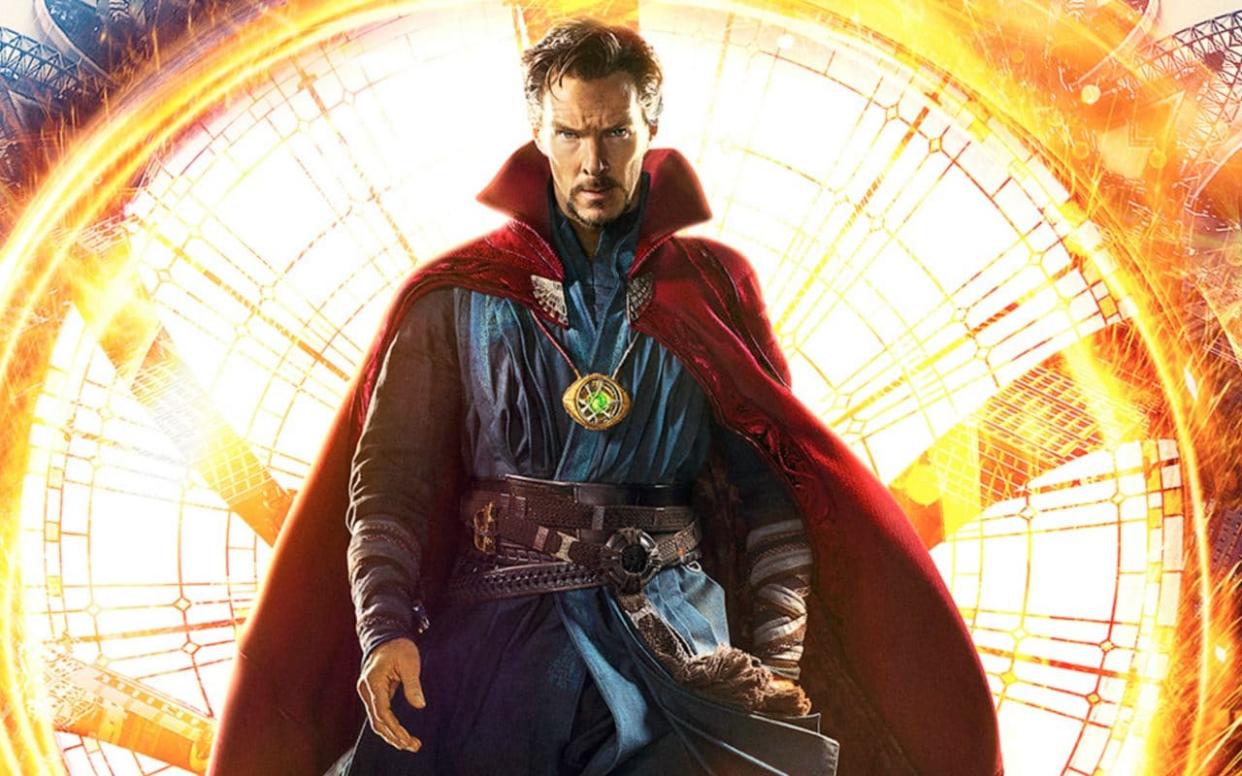
Everyone knows Stan Lee. The Marvel titan, co-creator of most of the studio's enduring characters, cameos in every film based on the company’s characters and has been delighted over the years to talk to fans, make public appearances and generally spread the Marvel gospel.
But Lee’s one-time colleague, his co-creator on Spider-Man and the man single-handedly responsible for inventing Doctor Strange, is another story entirely. Steve Ditko, who has died aged 90, didn't give another a formal interview after 1968 and avoided fans for almost as long since. He became the comic industry’s J.D. Salinger, though with much more extreme political views. Ditko became a devotee of Ayn Rand, a man who practices a strict philosophy of self-reliance, creative control and absolutely no truck with the supernatural.
And yet he lost control of much of his signature work, while one of his most famous creations uses magic to travel to other dimensions. So how did one of the industry’s legends - the man whose mind-blowing visuals are all over Benedict Cumberbatch's Doctor Strange movie - become such a contradictory figure?

Stephen J. Ditko got his start drawing cartoons for the Army newspaper, when he enlisted after graduating high school in 1945 and was sent to Germany as part of a constabulary force. After discharge, Ditko headed to New York and used the G.I. Bill to pay for classes with Batman legend Jerry Robinson. By 1953 he was working in comics, already producing remarkably detailed, dramatic art.
But times were tough. Ditko’s early work was in the briefly trendy 3D and horror titles for Charlton Comics, but after the Comics Code Authority established a self-policing “code of ethics and standards”, the horror market shrank almost to nothing. Worse, Ditko contracted tuberculosis and spent a year in recovery. In 1955 he started all over again at Atlas Comics, the company that would become Marvel.
tons of respect for @scottderrickson bringing steve ditko landscapes to life in @DrStrange. #marvel#drstrange#steveditkopic.twitter.com/TWfUfmcSHo
— bright moments (@bright_moments) October 10, 2016
Ditko drew for 17 Atlas titles, publications with titles like Tales To Astonish and Amazing Adventures, including a non-fantasy story in Two-Gun Western – his very first collaboration with Stan Lee, the prodigy who had managed the company’s editorial department since the age of 19. While he continued to freelance elsewhere, by 1959 he and Stan Lee forged a working relationship that would change comics.
Lee would throw a story idea to Ditko, little more than an outline, and the artist would develop a sketch version, rough out some dialogue and even conceive an overarching plot. In 1962 they began their most famous collaboration. Lee had an idea for a new superhero, initially called Spiderman (no hyphen), and had asked legendary artist Jack Kirby to pencil the accompanying art.
But Lee found Kirby’s work too straightforwardly heroic for this character, so he recruited Ditko instead. Ditko added key ingredients, inventing the “spider-sense” of danger as well as designing iconic baddies like the Green Goblin and Sandman. Spider-Man was a novelty at the time, the only superhero whose life was made worse, not better, by his superpowers.
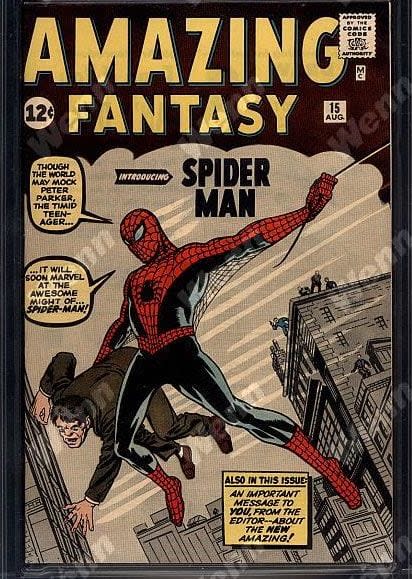
Around the same time, Ditko developed a character who would offer him an even bigger canvas. Doctor Strange, published in Marvel’s Strange Tales title, was a sorcerer who used magic to travel into other dimensions of existence. Lee was reduced to chipping in dialogue while Ditko conceived and plotted the entire story. An arrogant Manhattan surgeon whose delicate hands were injured in a car crash, Strange travelled the world in search of a cure and instead discovered the mystical arts. Through a crucible of training and pain, Strange emerged as a wiser, weirder man – but one who always stood apart from Marvel's other, integrated heroes. At the same time Ditko, increasingly, stood apart from his colleagues, avoiding the cheery published photos of the Marvel bullpen.

Ditko drew his inspiration for Strange from classic films like The Cabinet Of Doctor Caligari, and curios he found in Greenwich Village junk shops. The books and their innovative, mind-bending art won him fans in the ‘60s counter-culture, convinced that the story’s psychedelic adventures and Eastern mysticism meant the writer was one of them.
Hippies believed that a couple of carelessly-drawn cigarettes in one Ditko comic meant that he smoked weed, and that Strange’s psychedelic worlds meant that he was using acid to boot. They adopted him as one of their own. Ken Kesey read Strange comics during the bus trip around the US immortalised in Tom Wolfe’s The Electric Kool-Aid Acid Test, while Jefferson Airplane, Marc Bolan and Pink Floyd all riffed on the good doctor.
Ditko was horrified by these hippy admirers – and the sentiment was returned when they met this 'crew-cut conservative', who did not use drugs or approve of their lifestyle
But Ditko was horrified by these hippy admirers – and the sentiment was returned when they met this “crew-cut conservative”, who did not use drugs or approve of their lifestyle. It was positively bizarre that Ditko was the man to invent Strange. The weirdness of those comics is hard to overstate: Strange went into bizarre realms of twisting, Escher-like shapes that reflected Ditko’s history in 3D work, and faced enemies with names like Nightmare and Eternity (a galaxy in human form). Yet since about 1960, Ditko had been a devotee of Rand, the strict Objectivist who mandated a hyper-capitalistic philosophy of rational self-interest, small government and the moral primacy of creators.

He was introduced to Rand by Lee, a fan of her larger-than-life heroes – but Lee didn’t buy wholeheartedly into her beliefs. Ditko, however, did, going to see her lectures and even meeting her more than once. There was certainly an element of Ayn Randian superiority in the Doctor’s behaviour – the way he would venture into realms that would drive other men mad, surviving with his wits intact because of his long years of training. But the supernatural element was all Ditko’s fantastical addition.
Created by Steve Ditko, @DrStrange debuted in Strange Tales #110 in March 1963. #DrStrangeFacts@Marvel | Oct 27 https://t.co/zxDlvyGCvlpic.twitter.com/fDfpvT8u2P
— Palace Nova Cinemas (@PalaceNova) October 3, 2016
Still, Rand’s philosophy was an obvious draw for a fiercely independent and principled creator whose contracts left him no ownership of his own work. In the mid-1960s Ditko was beginning to chafe at his deal with Marvel, and fought for better pay and profit sharing.
By Spider-Man issue #25, Ditko had demanded – and received – a credit that read, “Plotted and drawn by Steve Ditko” as opposed to the usual, “Art by Steve Ditko”. His politics also began to seep into his work, with stories that saw Peter Parker scoff at protesting students and demand more money from monstrous newspaper editor J. Jonah Jameson (an unkind caricature of Lee).
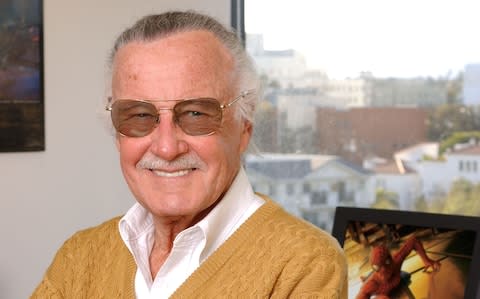
Throughout this period, Lee was largely content to give Ditko his head and reap the sales, but their working relationship suffered as Ditko demanded more credit and money from Marvel boss Martin Goodman, especially from the blossoming merchandising income and TV show. “I had nothing to do with that,” Lee told in 2014 to Playboy. “They were hired as freelance artists, and they worked as freelance artists. At some point they apparently felt they should be getting more money. Fine, it was up to them to talk to the publisher. It had nothing to do with me. I would have liked to have gotten more money too. I never made an issue of it."
➔ Artist Steve Ditko
Spider-Man 3
July, 1963
First appearance of Doctor Octopus https://t.co/BsBLyTCOISpic.twitter.com/orcM6duJrk— David Barsalou (@DavidBarsalou) September 26, 2016
While neither man ever made clear exactly how their relationship broke down, it’s common knowledge that they didn’t speak for their final months together, exchanging art and dialogue pages through intermediaries – which caused problems. Lee, filling in dialogue on Ditko’s roughly pencilled-out pages, sometimes misidentified characters, and was reportedly frustrated with some of the artist’s storytelling decisions. Issue #38, in July 1966, was Ditko’s last on Spider-Man. In a 2001 essay he wrote, "I know why I left Marvel but no one else in this universe knew or knows why. It may be of a mild interest to realize that Stan Lee chose not to know, or hear why, I left."

Ditko didn’t stop working when he left Marvel. At Charlton, he resurrected the characters of Captain Atom and Blue Beetle. He returned to horror, doing impressive artwork on the Eerie comics for Warren Publishing, and created The Creeper for DC. As he forged an independent path, more openly Randian heroes followed too, with The Question and Mr A in particular embodying her politics.
“I prefer conflicts that are based on reality rather than based on fantasy,” said Ditko in his last interview, in 1968. “When you get wound up with super villains, super fantastic gadgets and super incredible action, everything has to be made so deliberately that it all becomes senseless. It boils down to what you want a story to stand for. Every person, whether he wants to be or not, is in a continous struggle. It is a struggle to keep his mind from being corrupted.”
If Ditko lavished more care and attention on his independent, personal work post-Marvel, he still turned up for the big publishers when called upon. He even returned to Marvel semi-regularly, creating cult superheroine Squirrel Girl for them in 1992. He retired from freelance work in 1998, though he kept publishing occasional solo work into his 80s. And he was not quite the recluse of legend; while he avoided fan events and the press, he lived and worked in New York City, talked to other comics artists and sometimes replied to fan mail.
In 2007, Jonathan Ross made a documentary, In Search Of Steve Ditko, about the artist’s work and decision to shun the spotlight. Escorted by Neil Gaiman, Ditko did agree to meet Ross – just not to be filmed or recorded.
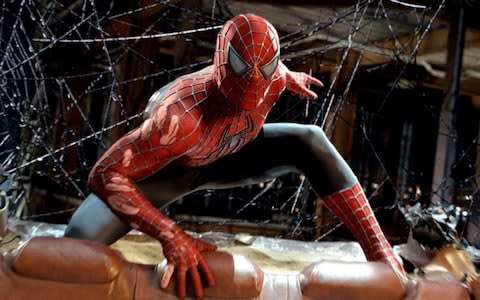
He never backed down from his demands for a fair share of his creations. Ditko said in 2012 that he had not received any money from the four Spider-Man films then made; others said he refused a cheque for the first, claiming that he wanted all that merchandising money owed or none. The failure to compromise that made him a great artist also meant he never compromised his principles, however difficult they seemed to make life for him.
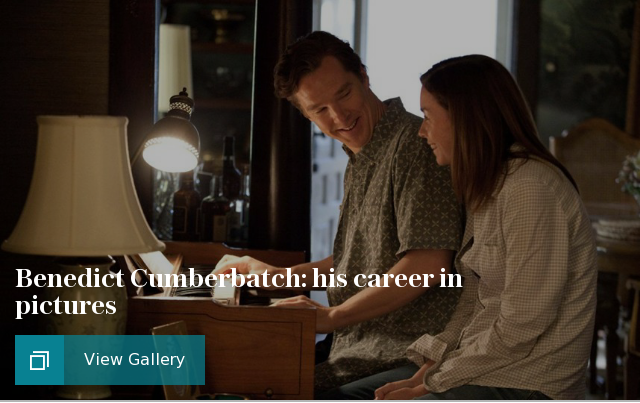
While his art kept him in work, Ditko’s politics held him back from the kind of mass-market success he had briefly seen with Spider-Man and, to a lesser extent, with Dr Strange. Then, Ditko was never in it for fame or even, perhaps, for the money.
“Steve Ditko is the brand name,” he said in 1968. “It’s not what I’m like that counts. If a person knows the what and whys, he knows all about the 'who' that is important to know.”

